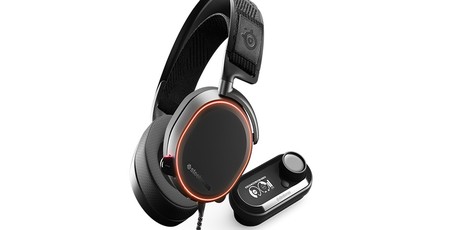
Performance
Putting this headset on and running through my usual selection of – if I’m being honest – absolute bangers, it was immediately clear that the GameDAC and Arctis Pro is a powerful combination. Audio is crisp across the range, with meticulous detail in the cluttered mid-range of complex hardcore and metal tracks, precise but not dominating high notes, and tight and punchy bass. Various genres all hold up very well.
Moving into films and games, the Arctis Pro headset is consistently great. There’s no need to adjust EQ settings to pick out footsteps clearly in CS:GO, for example, while a high-octane battle scene in Band of Brothers was suitably immersive and dramatic.
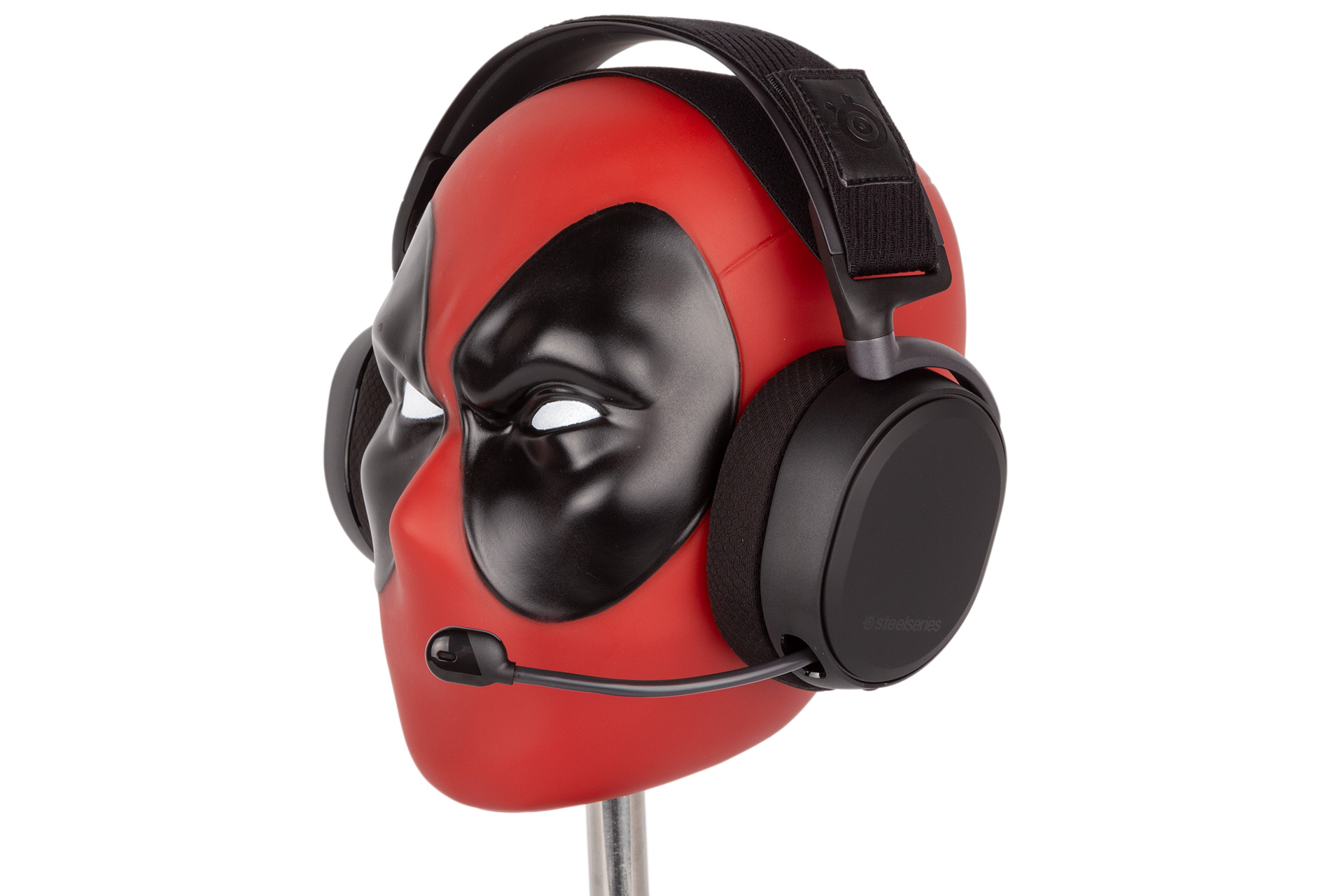
I’ve used DTS:Headphone X before and found it to be a decent surround sound imitator provided you have a proper source. It’s quite difficult to describe, but the space in the earcups does suddenly feel wider, and you find yourself able to pick out the approximate distance and location of various sounds. It’s by no means perfect, but I actually preferred watching films and playing games with it enabled. Again, that’s provided there is an actual surround sound track, otherwise it’s just guessing badly what to do with stereo audio – music, for instance, is a no go. Thankfully, it’s dead simple to toggle it on and off, so you can easily play around, but I’d count it as a valuable feature.
The default Flat EQ setting is what I tested with, but the others are sensible rather than overdone. The bass boost is probably the most likely to be used, as it gives a nice extra bit of punch to films and games that benefit from that without compromising the rest of the soundscape. Of course, you can always customise the EQ yourself if you wish.
Sound quality remains high when using the mobile adaptor and thus bypassing the GameDAC, but it doesn’t have quite the same impact and precision.

The line-out connection worked fine with my speakers, although there’s no control on the GameDAC for its levels, so you have to adjust volume on the speakers themselves. I did find, however, that the volume I could reach was significantly lower than from my motherboard’s onboard sound. Now, I have neighbours above, below, and on both sides of my flat, so naturally it’s important that my volume is as loud as possible, so this is a small downside for me and a big upside for them.
The microphone is referred to as ClearCast by SteelSeries. It is bidirectional, meaning your voice benefits from the Proximity Effect since it is produced close to the microphone, while further away noises are not boosted in the same way. The effect is natural noise cancellation (read more here). It sounds fancy, but what matters is the end result. Thankfully, it’s very good: My voice was always clear and easy to pick out, even when I was whispering and deliberately creating a lot of background noise.
One last thing to note regarding the software is that supported apps can integrate with the OLED display and the onboard lighting. CS:GO is one such app, and you can customise it to display end-of-round stats, for example, which is a nice little addition.
Conclusion
The SteelSeries Arctis Pro and GameDAC combination is a standout one on all three of the main pillars of a gaming headset: comfort, build quality, and audio quality (for both the speakers and mic). It really is hard to fault it on any of these fronts, and the only time I can remember such good audio quality from a headset was when I used the Beyerdynamic MMX 300. I no longer have it to compare against, but it’s safe to say the Arctis Pro is easily among the very best headsets I’ve ever heard, and the inclusion of the DAC gives it the number one spot, all things considered.
There are some potential usability issues like excess cabling and not being able to swap via the DAC alone between console and PC, but this depends on your exact setup, and they’re not too difficult to work around. Overall, the GameDAC is an excellent inclusion, and the menu structure is a breeze to navigate.
That just leaves the price. £250 is more than most would expect to pay for a headset, but SteelSeries makes a very convincing case for investing. If you’re looking to step up your gaming audio, we can wholeheartedly recommend this pairing.


MSI MPG Velox 100R Chassis Review
October 14 2021 | 15:04

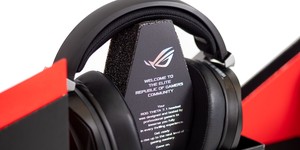
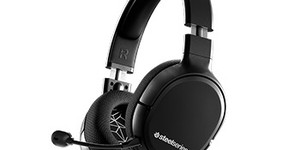
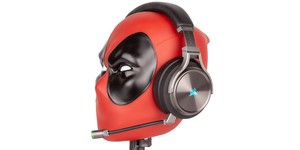




Want to comment? Please log in.